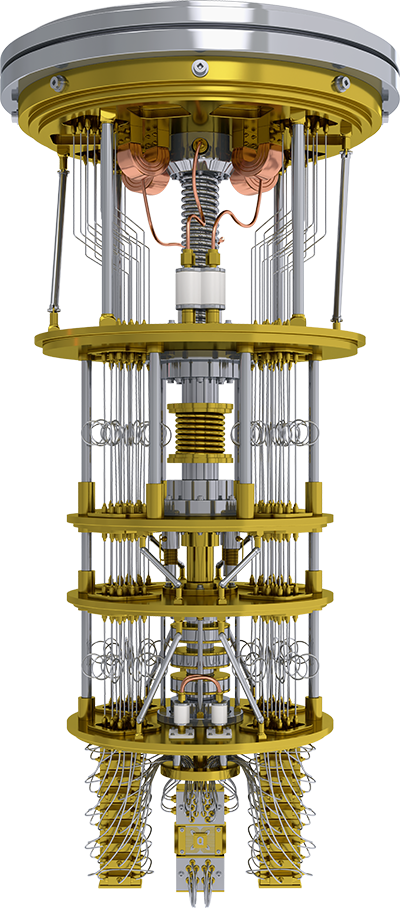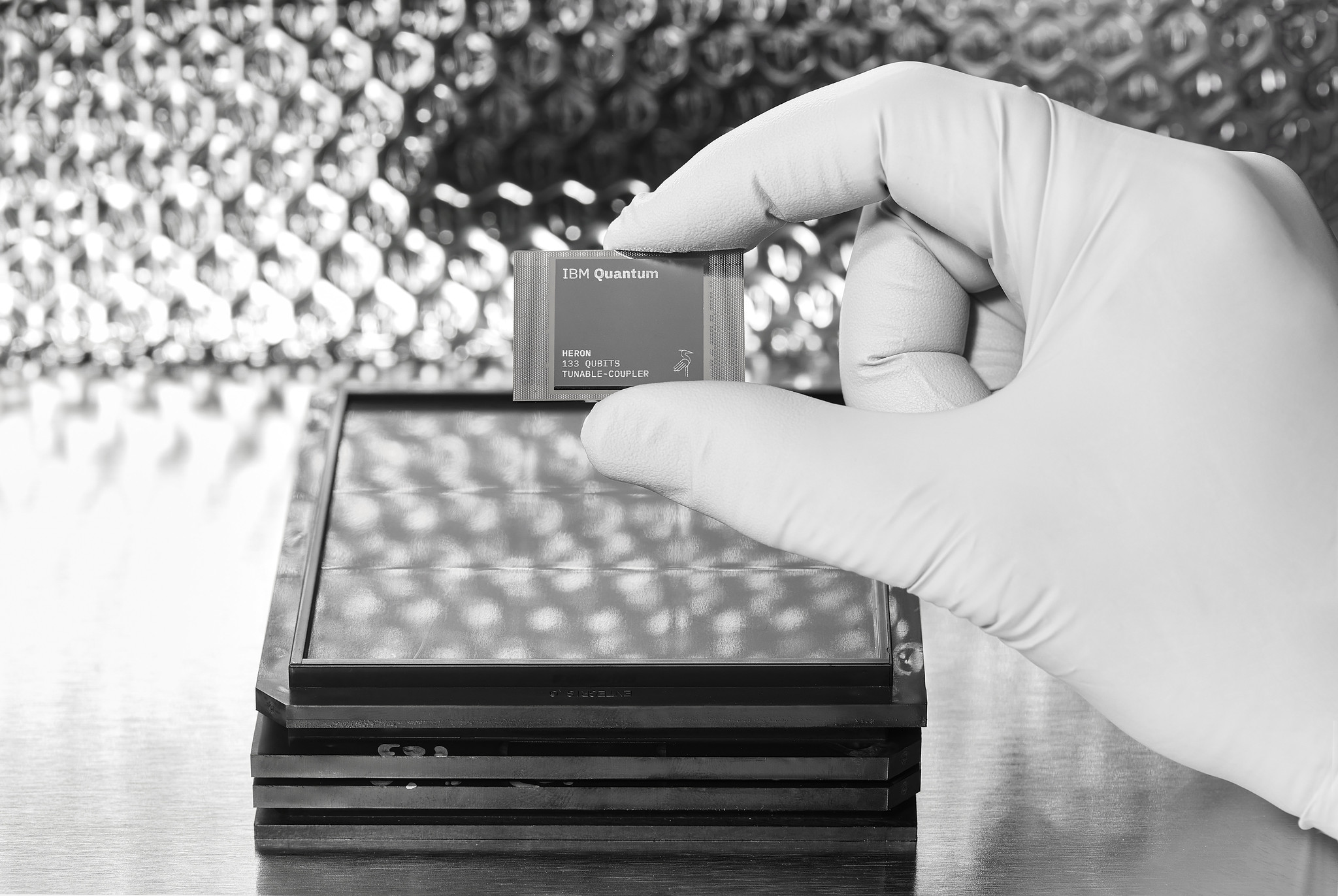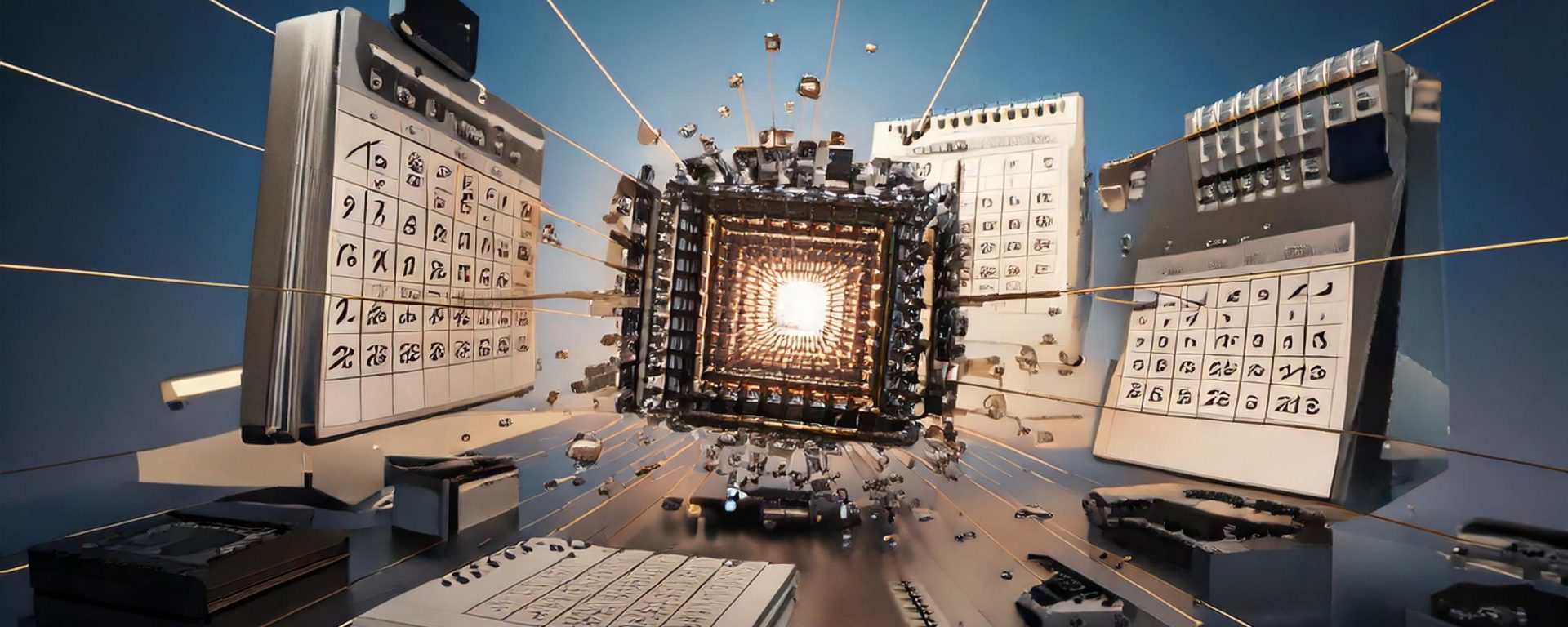A perennial question of the last several years is: “When will quantum computing be ready for prime time?” Honestly, many IT professionals in mid-career or later hope that the answer is “not soon,” especially since the technology isn’t the easiest to understand for most folks. Personally, I don’t enjoy predicting such things, since any number of things could delay progress, while at the same time, a major scientific breakthrough could rapidly accelerate its viability.
Still, I have generally erred on the side of “sooner,” given the primacy many nations have placed on the development of quantum computers. On that end of the spectrum, some companies are saying that we may achieve sustained success by about 2030. And in fact, it’s already possible to use certain Python libraries that will seamlessly use quantum resources when available, thereby abstracting out some of the complexity.
On the other end of the spectrum, however, error rates remain a challenge, and quantum computers need to be cooled to near-absolute zero in order to capture the quantum states, posing infrastructure and resource challenges. You know those cyberpunk-looking devices that pop up when you search for quantum computers?:

Yeah, that’s all for cooling. The actual quantum processor is about the size of a “classical” processor:

At a recent conference, one expert noted that despite all the current hype, truly useful quantum computers won’t be available for another 15-20 years. So what’s the actual answer? Perhaps this article sums it up well: “Given the current state of quantum technology, it will be useful sooner for small-scale problems whose solutions offer smaller benefits and will only later be viable for solving more complex problems that promise larger benefits.”

